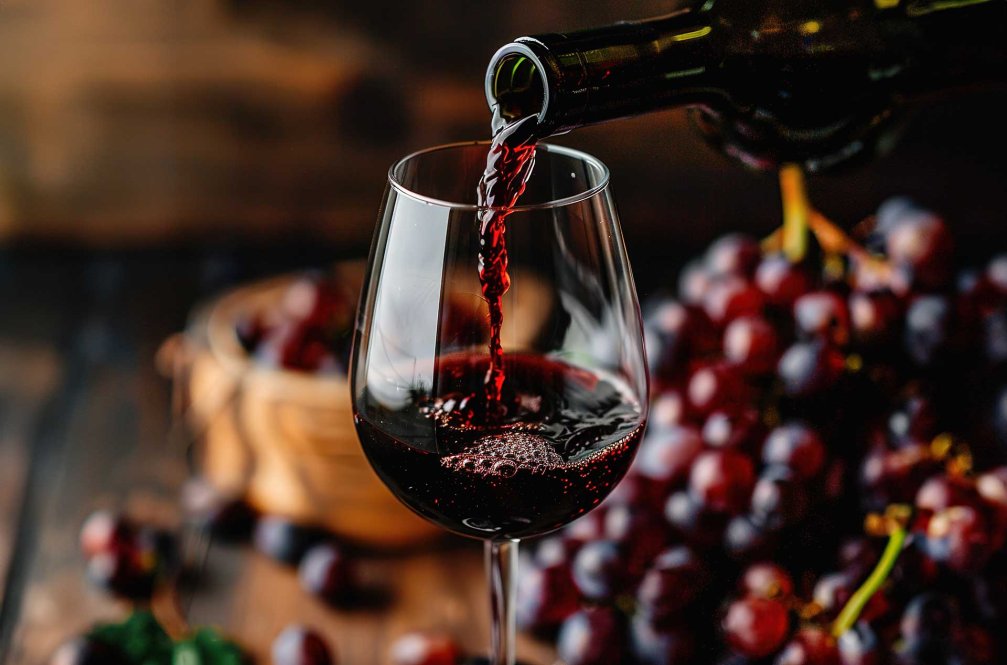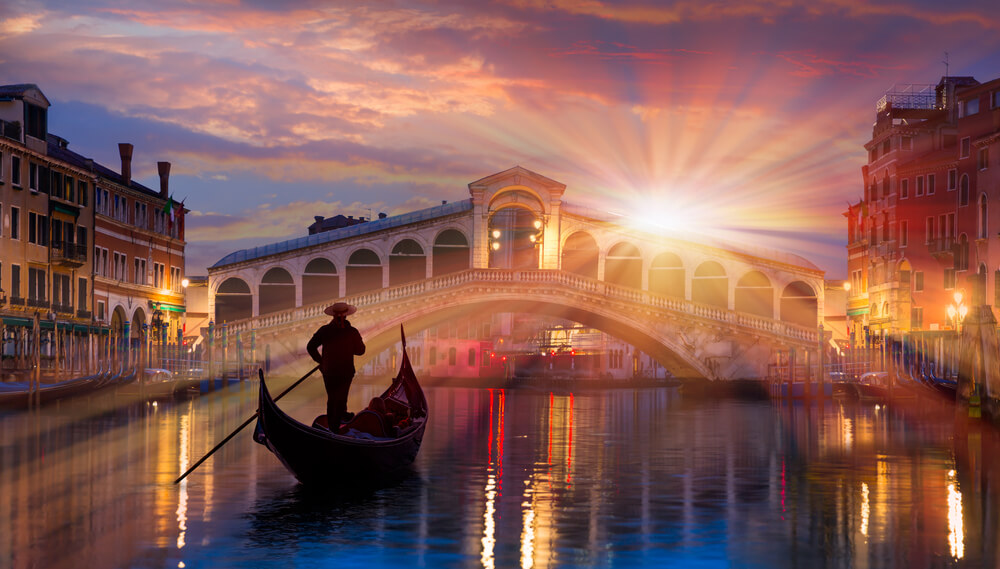
A Journey into Wine Culture: Varieties and Tasting Tips
Wine has been an integral part of cultures, traditions, and celebrations for centuries. For many, wine is not just a drink. It is an art form, a way of life, and an expression of deep cultural heritage. The process of winemaking, from the vineyards to the bottles, is complex. Each step shapes the character and quality of the wine, giving rise to the variety of wines we enjoy today.
History of Wine Culture
The art of winemaking dates back thousands of years. Evidence suggests that the first wine production occurred around 6000 BC in the Caucasus region. Over time, this ancient beverage spread and developed through the civilizations of Mesopotamia, Egypt, Greece, and Rome. In Ancient Greece, wine was closely associated with the god Dionysus and became central to social life. During the Roman Empire, wine became a trade commodity, spreading across Europe.
In the Middle Ages, monasteries played a significant role in wine production. Particularly in France, monasteries improved winemaking techniques, laying the foundation for today’s famous wine regions. By the late 19th century, wine production met modern techniques, and quality standards were established. Today, wine is enjoyed by millions worldwide and holds an important place in many cultures.
Wine Varieties: From White to Red, Sweet to Dry
The world of wine is rich in diversity. There are many types of wine, depending on the grape variety, production method, and region. Some of the most common varieties of wine are as follows:
- Red Wine: Red wine is made by including the skins of dark-colored grapes in the fermentation process. This type of wine is known for its rich aromas and tannins. Red wines pair excellently with meats, cheeses, and rich sauces. Cabernet Sauvignon, Merlot, Pinot Noir, and Syrah are some of the most well-known red wine varieties.
- White Wine: White wine is made from white grapes or by removing the skins of red grapes. Light, fresh, and often acidic, white wines pair well with seafood, white meats, and lighter dishes. Chardonnay, Sauvignon Blanc, and Riesling are among the most popular white wine varieties.
- Rosé Wine: Rosé wine is produced by allowing the skins of red grapes to remain in contact with the juice for a short time during fermentation. This type of wine falls between red and white wine. It has both fresh and fruity flavors and is a great match for light foods, salads, and appetizers.
- Sweet Wine: Sweet wines are those in which not all the grape sugar is converted to alcohol during fermentation. These wines are known for their sweet flavors and intense aromas. Sweet wines are often enjoyed with desserts, fruits, and some cheeses. Port, Sauternes, and Moscato are examples of sweet wines.
- Dry Wine: Dry wines are those in which nearly all the grape sugar is converted to alcohol. These wines have a sharp and dry taste. Dry wines are often chosen as an aperitif or paired with lighter meals.
Wine Tasting: A Discovery with All Five Senses
Wine tasting is much more than just drinking. It is a sensory journey to understand the color, aroma, taste, and texture of the varieties of wine. The tasting process engages all five senses:
- Sight: Before starting the tasting, pay attention to the color of the wine. The color varies depending on the type and age of the wine. Red wines are usually dark in color, and as they age, their color may turn to brown. White wines range from pale yellow to golden hues. Pour the wine into a glass and examine its color by holding it up to the light.
- Smell: The aroma of the wine plays a crucial role in the tasting process. Swirl the wine gently in the glass to release its aromas, then take a deep breath to take in the scent. Try to identify different aroma profiles such as fruity, floral, spicy, or woody notes.
- Taste: Take a small sip of wine and let it roll over your tongue. Your taste buds will detect the acidity, sweetness, tannins, and alcohol levels. Move the wine around in your mouth to discover its different taste profiles.
- Touch: The texture of the wine is an important part of the tasting experience. The sensation the wine leaves in your mouth will help you understand its body and intensity. Is it light or full-bodied? Does the wine feel silky on your tongue or more structured? Focus on these questions to explore the textural qualities of the wine.
- Hearing: Although often overlooked, the sound of a wine bottle being opened and poured into a glass can complete the wine experience. The fizz of sparkling wines or the sound of a cork popping adds excitement to the tasting process.
At Art Agora, we support your interest in the world of wine and offer you the most enjoyable ways to experience different flavors. Follow our events for more information and suggestions on varieties of wine and culture, and let's continue discovering this unique journey together!







PokerdomCousy
1 week agohttps://t.me/officials_pokerdom/3403
PokerPhantom
3 weeks agohttps://t.me/s/Top_BestCasino/139
DealerShadow
1 month agohttps://t.me/Top_BestCasino/5
AceSorcerer
1 month agohttps://t.me/iGaming_live/4840